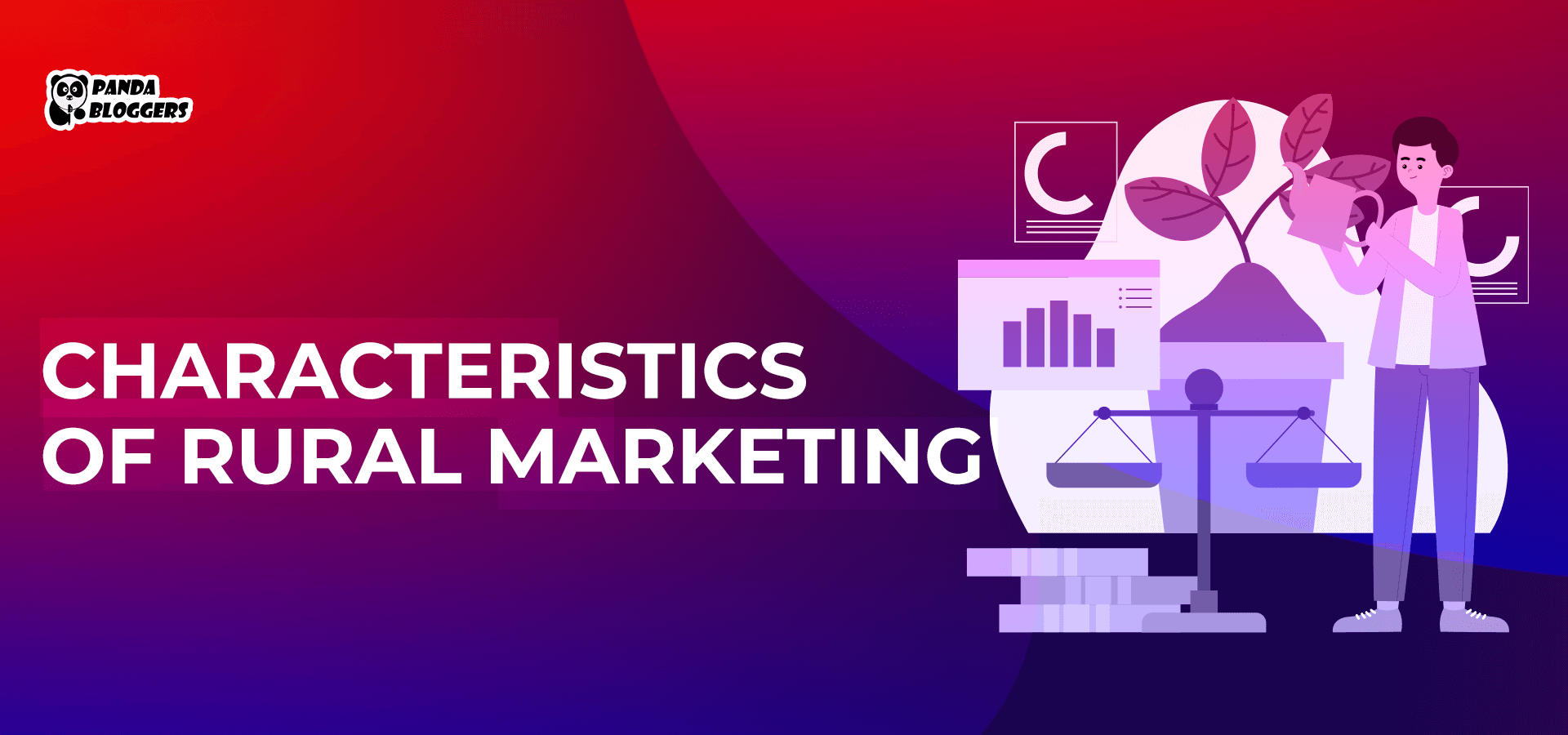 Header Tag in SEO: What are they and How to use them?
Header Tag in SEO: What are they and How to use them?
HyperText Markup Language (HTML) is a tag-based web development language. While creating web pages using HTML, coder writers convey how a web browser will format and display the content using tags as keywords. They use six header tags to differentiate headings and subheadings from other website content.
They use the H1 header tag to indicate the web page’s heading. Likewise, they use H2 to H6 header tags to set the page’s subheadings aside. In search engine optimization (SEO), header tags are used to help search engines discern website content by understanding context and hierarchy.
While creating and optimizing content for SEO campaigns, content writers use header tags to make it easier for visitors to read and understand the content. At the same time, digital marketers use header tag in SEO to provide search engine bots with an information guide.
What are the Commonly Used Header Tags in SEO?
While creating SEO content, writers use six header tags – H1, H2, H3, H4, H5, and H6. They use the six header tags to structure a page’s website code. However, they use these tags strategically to create a hierarchy.
The hierarchical structure makes it easier for search engines to crawl through the web page and discern its content. At the same time, the hierarchy keeps visitors engaged by making the content easy to scan. We can divide header tags in SEO into three categories based on the hierarchal structure.
H1 Tag
Content creators use H1 tags in SEO to convey the title or main theme of the webpage content, article, or blog. Search engine bots refer to the header tag to understand what the web page is about. That is why; the H1 tag is of huge significance for SEO.
H2 and H3 Tags
Content creators usually use H2 or H3 tags to separate subheadings from other web page content. While crawling a web page, search engine bots refer to these tags to understand the context and significance of subsequent sections in the article or blog.
H4, H5, and H6 Tags
While creating or optimizing content, marketers do not focus extensively on header tags ranging from H4 to H6. Smarter content creators boost the web page’s search engine performance by placing these tags strategically. They consider the structure of an article or blog while using these header tags.
How to Use Header Tags More Efficiently in SEO?
Content creators use various header tags hierarchically and strategically. But they boost tags as an SEO tactic by adopting a slew of best practices. Here are some best practices they use to make the most of header tags in SEO.
Form a Hierarchical Structure
Content creators use header tags to add structure and context to textual content. They form a structural hierarchy using H1 tags for the page title and H2/H3 tags for the subheading. Likewise, they use H4 to H6 tags to depict additional subheadings in a section. The structural hierarchy is essential to make the content crawlable for search engines and readable for searchers.
Avoid Using Multiple H1 Tags
Search engines allow content creators to use H1 tags multiple times on a web page. However multiple H1 tags in an article or blog make it confusing for search engines and searchers to identify the title or main theme. Hence, SEO professionals ensure that the H1 tag is used only once on each page to depict the title.
Include Primary Keyword in H1 Tag
Content creators use H1 tags exclusively to depict the content’s title and main theme. They optimize the tag by including the primary keyword in the article or blog topics. However, they ensure that the primary keyword is included organically and does not appear stuffed. Also, they optimize the content for search engines by including keywords in subheadings strategically without impacting content readability.
Keep Header Tags Interesting
The title or theme of the content depicted using H1 tags is the first thing a website visitor notices. Content creators impress and engage website visitors by keeping the title catchy and compelling. Many writers these days conduct A/B testing to pick the heading that persuades website visitors to read the content fully.
Keep Header Tags Consistent
Content creators strengthen a page’s structural hierarchy by keeping header tags consistent. For instance, they use the H1 tag once to indicate the page’s title. Likewise, they use H2 or H3 tags regularly to distinguish subheadings from other sections. Also, they use the same case title for each header tag used in an article or blog.
Create Scannable Content
Content creators engage website visitors by keeping content scannable. They divide an article or blog into small and relevant sections. Also, they use H2 or H3 tags to convey each section or blog by adding subheadings. The readability and scannability boost the content’s search engine ranking. Also, readers boost the content’s search performance by sharing the article or blog on social networks.
Avoid Hiding Header Tags
The purpose of header tags is to provide an information guide to search engine bots. SEO professionals cannot accomplish the goal if search engines cannot access all header tags on a page. Content creators boost the content’s search engine visibility by ensuring that none of the header tags remain hidden. They use header tags strategically to eliminate the need to prevent search engine access.
Use Header Tags in Featured Snippets
SEO professionals these days optimize content for both text search and voice search. Header tags make it easier for them to optimize content for voice search. While creating featured snippets, content creators use the H1 tag to indicate the main theme of an article or blog. Likewise, they use other header tags to highlight the content in numbered or bulleted lists.
Conclusion
Content creators use header tags to improve content readability by highlighting headings and subheadings. At the same time, digital marketers use header tag in SEO as a strategy to boost the web page’s search engine visibility by providing search engines with an information guide.
However, content creators and digital marketers can leverage header tags in SEO only by adopting a slew of best practices. They should focus extensively on using the H1 tag optimally to divert website traffic to the web page regularly.









Leave a Reply